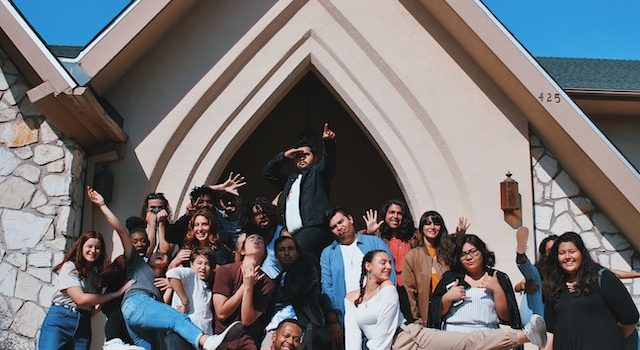
Introduction:
Preserving historic buildings and sites is crucial for maintaining a connection to our past and ensuring that future generations can appreciate and learn from the rich history of their communities. These structures and locations serve as tangible reminders of the people, events, and cultural heritage that have shaped our society. In this article, we will explore the importance of preserving historic buildings and sites, the challenges involved, and how individuals and communities can contribute to this vital endeavor.
1. Understanding the Significance of Historic Buildings and Sites:
Historic buildings and sites are not just bricks and mortar; they are living witnesses to the stories and experiences of those who came before us. They provide a tangible link to our past and offer insights into the architectural, social, and cultural aspects of a bygone era. By preserving these structures, we can gain a deeper understanding of our collective history and foster a sense of identity and pride within our communities.
2. Challenges in Preserving Historic Buildings and Sites:
Preserving historic buildings and sites comes with its own set of challenges. These structures often require extensive maintenance and restoration work to ensure their structural integrity and prevent further deterioration. Additionally, finding the necessary funding and resources for preservation projects can be a significant hurdle. Balancing the need for modern functionality while preserving the historical integrity of a building can also pose a challenge.
3. The Role of Government and Organizations:
Government agencies and nonprofit organizations play a crucial role in preserving historic buildings and sites. They provide funding, expertise, and guidance to ensure that these structures are protected and maintained. Historic preservation laws and regulations are in place to safeguard these sites and ensure that any alterations or renovations are done in a manner that respects their historical significance.
4. Individual and Community Involvement:
Preserving historic buildings and sites is not solely the responsibility of government bodies and organizations. Individuals and communities can also make a significant impact. Here are some ways individuals can contribute:
– Raise awareness: Educate others about the importance of preserving historic buildings and sites. Organize community events, workshops, or lectures to promote understanding and appreciation.
– Volunteer: Offer your time and skills to assist in preservation efforts. This could involve tasks such as cleaning, painting, or landscaping.
– Support local initiatives: Patronize businesses located in historic buildings, attend events held at historic sites, and donate to local preservation organizations.
– Advocate for preservation: Engage with local government officials and advocate for policies that prioritize the preservation of historic buildings and sites.
5. Adaptive Reuse and Sustainable Practices:
Adaptive reuse is an innovative approach to preserving historic buildings and sites. It involves repurposing these structures for modern uses while retaining their historical character. This approach not only ensures the preservation of the building but also contributes to sustainable development by reducing the need for new construction.
Conclusion:
Preserving historic buildings and sites is a collective responsibility that requires the involvement of individuals, communities, and government bodies. By recognizing the significance of these structures and actively participating in preservation efforts, we can ensure that our history remains alive and accessible for future generations. Let us embrace the opportunity to bring history back to life and create a lasting legacy for our communities.










